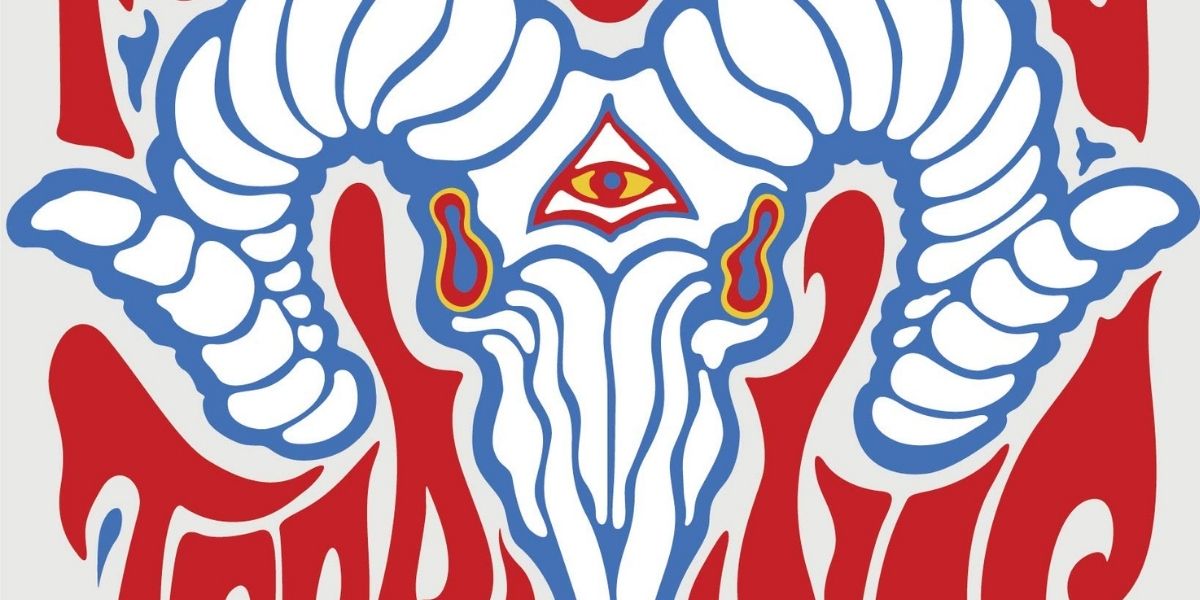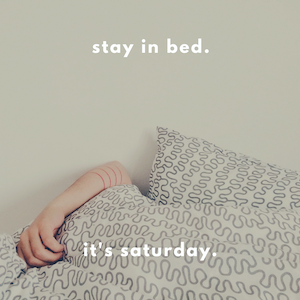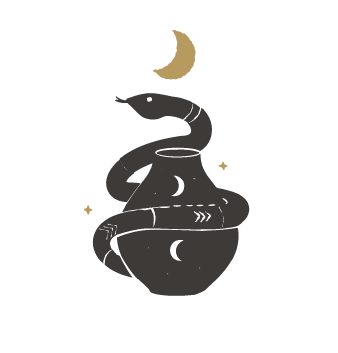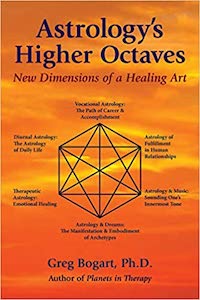
Empathy for the Devil: Make Your Demons Work for You. Without Selling Your Soul., by Jerry Hyde
O-Books, 1789047315, 160 pages, November 2021
I don’t subscribe to the whole idea of love and light as a spiritual path; I personally feel that we do ourselves a great disservice when we discard the darkest parts of ourselves in favor of remaining positive. Jerry Hyde’s book Empathy for the Devil: Make Your Demons Work for You. Without Selling Your Soul. is one of the most powerful books I’ve ever read. Not only does Hyde straight up tell you that the whole book is shadow work, he actually explains why his book isn’t full of positive affirmations. He says:
“Personal growth isn’t – and shouldn’t be – nice, it’s not about dream catchers, gong baths, or djembe abuse – it’s about going to the places where most of us have successfully avoided throughout our lives, facing our demons and taking responsibility for whatever we find in the dark recesses of our being.”1
This book might come across as particularly theatrical, and with good reason. Hyde’s extensive career in film, television, theater, and music comes across in the way he writes. Retraining as a psychotherapist has not diminished the flamboyant way he writes, and I am completely here for it.
Part confessional, part blueprint for excavating the deep crevasses of our psyche, this book is challenging in that it demands your full participation. Hyde writes as one who has been there and done that, and there is comfort to be taken from that. Personally, I want to be guided by someone who has done the work and not just have instructions and rituals barked at me: this isn’t a spiritual boot camp. Hyde takes great care to be as open and honest as he can; there is no coddling here, no room for those looking to take a short cut and emerge unscathed. As with most books of this type, there is a strong recommendation to travel with a therapist and to journal through the difficult emotions that are surely to arise.
Hyde fully appreciates that this book is not for everyone and revels in the fact that those who seek it out are not the average Earth dweller. As for himself, Hyde states very matter-of-factly that he is not your average therapist, saying:
“What makes me – and any half-decent therapist – dangerous, is my understanding that true transformation is a process of death and rebirth, death and rebirth, death and rebirth, a constant never-ending cycle of destruction and creation, shattering and rebuilding, chaos and order with no objective other than to constantly be in a state of evolution.”2
It seems like a lot all at once but believe me when I say that picking up this book will save your sanity and just might save your life. Personal growth is exhausting despite the positive outcomes we may experience in conjunction with laying bare our most painful experiences. Sometimes we need to go through the patterns of excavating, re-experiencing, and healing many times before we can honestly say that we have dealt with the root cause, and sometimes we never even get close to discovering that root cause.
The book is broken into four parts which make a lot of sense once you get into the material. Keep in mind, this is not your average self-help book; this is a lifestyle changing guide designed to bring the reader back to themselves again and again. The first section, aptly titled “Here we go…” is a robust intro to both the writer and the materials that he will be addressing. It’s here we get our first taste of who this guy is and I will say that if I ever have the opportunity to meet him, I will no doubt shift into my awkward weirdo persona and say something inane like how much I love his shoes. I’m not great in those situations, is what I’m saying.
The remaining three parts are titled “Sex”, “Drugs”, and “Rock & Roll” and it’s here that we get what we came for. Hyde admits that there is no solid path forward in the acknowledging, exorcizing, and healing cycle that the reader is about to tread upon. What he offers is his approach, and it’s a good one.
There is an additional section called “Transformation” after each chapter and it’s here where we begin to realize what kind of an emotional roller coaster we just got strapped into. Depending on the kind of experiences the reader has had, these transformation segments are quite pointed and sometimes difficult to work through. These are the sections where some might find it useful to have a mental health practitioner with them, as the questions open up a variety of doors some of us may have nailed shut in our youth. It’s no easy feat to pry open these doors we’ve taken such great pains to keep closed, but trust me when I say it’s worth it.
Empathy For the Devil is not an easy book to read. There are a lot of questions and exercises in it that force a re-experiencing of situations that might have been buried due to how traumatic the event was. Personally, I rolled up my sleeves, poured myself a giant glass of wine, and threw myself into it. I did my best to tackle the hard questions and those I wasn’t able to deal with that I flagged and plan to go back to when I am able. If the desire to get to it and stop f*cking around is strong, pick this up, or gift it to someone who is in that headspace. It’s beautiful and life changing and mind blowing and provides just the right amount of trepidation as the chapters roll by. I’m not saying it’s a replacement for a mental health practitioner; I’m saying it’s a great way to get into the muck if you are so inclined.

Sarrah October Young is a writer and practising witch who wished she could do stand-up comedy. When she isn’t writing or witching, she can be found posting about her cats on IG @therealoctober.






